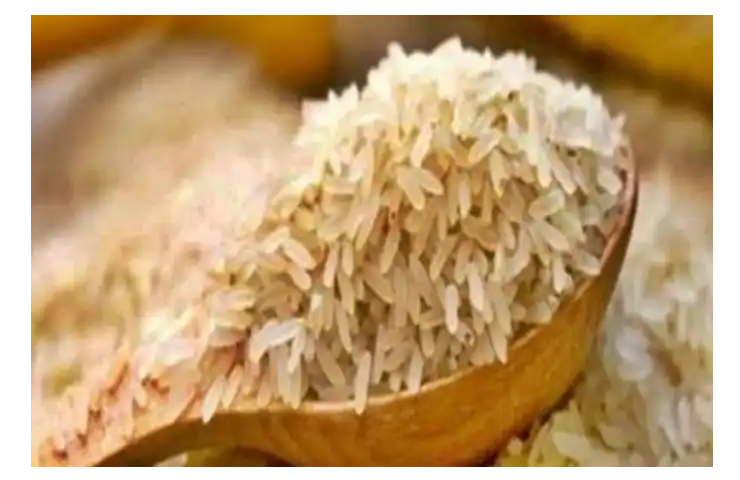Amid threats of an emerging El Nino situation, there has been a sigh of relief with monsoon hitting Kerala today. India’s monsoons have global implications. With India being responsible for about 40 per cent of the total rice exports in the world, any disruption in production of the grain can severely affect global food supply, especially for the Global South including several countries in Africa.
Paddy, one of the main Kharif crops, is largely grown in rain-fed conditions.
More than 60 per cent of the rice sowing in India takes place during the Kharif season which commences with the onset of the monsoon and harvested around November. The remaining production of rice takes place during the Rabi cycle in the winter months.
“A lower yield will not only impact India’s domestic market but also the world at large..but what is important to note is that India’s production has to be adequate enough to feed its own people and then cater for other countries. A lower yield will not only be worrisome in terms of supply side but also prices. Any kind of discrepancy in the domestic market will limit India’s exports. And for production, a good monsoon is key,” a food expert told India Narrative.
Among many countries across the world, the African nations feature prominently as India’s key export destinations. Africa, a major player in the international rice market– importing about 20-30 per cent of the total global imports, has mostly sourced parboiled rice from India. Ghana, Nigeria, Senegal, Côte d’Ivoire, Benin and Guinea are among the top importers of Indian rice.
Africa Business said, adding that the rapid growth in rice trade is due to its high consumption of the grain as a food source in Sub-Saharan Africa.
That apart, Cuba, Bangladesh, UAE, Canada, Saudi Arabia and Iran are among those that import rice from India.
Last year, India imposed a ban on wheat exports to maintain supplies at home while keeping prices in check. The country also announced several restrictions on outbound shipment of rice. These measures had come under global scrutiny. Besides, rice, India is also
The ongoing Russia-Ukraine war and the uncertainty over the Black Grain Initiative— a deal that was signed in July 2022 to facilitate shipment of grain and other foodstuffs out of the Black Sea through a safe corridor. The deal, extended twice, was to expire in May. However, it has not been extended by another two months.
As uncertainty continues to dominate the global stage, issues relating to food security have come to the fore leading to greater dependence on India for maintaining global food supply.
Exports of rice from Thailand and Vietnam, the other two top global rice supplying countries are likely to fall this year. Thailand has projected a lower rice yield this year due to El Nino conditions. According to Thai PBS World, the Kasikorn Research Centre (KRC) has projected a 6 per cent drop in Thailand’s rice production to between 25.1 and 25.6 million tonnes, due to the impacts of the El Niño weather phenomenon. Similarly, Reuters in a report said that the Vietnamese government aims to cut its rice exports to 4 million tonnes a year by 2030– down from 7.1 million tonnes last year.
Climate conditions have added to the worries.
Though the monsoon arrived late, the India Meteorological Department (IMD) has indicated that it is advancing well, something that will bring cheer to the policymakers here.
“As of now, we have no cause for worries but we will have to remain watchful,” a senior government official said.
Also read: Southwest Monsoon finally arrives in Kerala, south Tamil Nadu bringing widespread rain




















